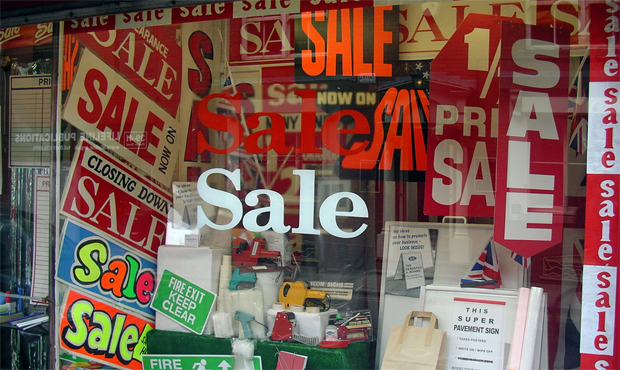As a tablet, the Kindle fire won't threaten the iPad, even at $199. As a digital catalog and promotional tool for moving Amazon products, it could be revolutionary.

When Amazon CEO Jeff Bezos hit the stage yesterday in New York City to unveil the new family of Kindle products, a line of inexpensive e-readers and a $199 tablet called the Kindle Fire, he hammered one Jobsian refrain home for the audience: "We're offering premium products, and we're doing it at non-premium prices." That mantra was repeated to me later on (several times) by Steve Kessel, senior vice president of Amazon Kindle, almost verbatim: "We work hard to offer premium products at non-premium prices," he said.
We get it. But more importantly, how is the company able to offer premium products at non-premium prices? Is the company selling the tablet at a loss? After all, no other tablet maker has been able to put forth a device as competively priced--except HP, which only managed to start selling its now-discontinued TouchPad after lowering the boom on prices to spark a fire sale. Piper Jaffray analyst Gene Muster estimates the company is losing $50 per unit--quite the sum considering Bezos (and several analysts) expects the device to sell "many millions" this holidy season. But here's why Bezos isn't concerned: The Kindle Fire's maker also happens to be the world's largest online retailer, and it can use that leverage to stomach a short-term hit for a long-term future of getting more customers hooked (addicted) on Amazon's services and content.
Kessel, of course, declined to say whether the tablet is selling for a loss. "Well, we're a for-profit company I'll remind you," he told me yesterday with a grin. "I am not going to discuss the specific economics." Pressed again, he repeated the same talking point: "I will just remind you that we're a for-profit company."
But the vision here is to drive sales of digital media content through Amazon, correct? "No, the vision is to build an incredible customer experience," Kessel says. "To do what Kindle has done for reading--that simplicity, that ease of use--to bring that to movies, TV shows, apps."
Or, in other words, the vision is to sell movies, TV shows, apps, and yes, more books, on the Kindle Fire. It's a strategy only Apple and Amazon can pull off--every other tablet maker has stumbled because they lack content. Have you ever purchased a book through HP? A song through Motorola? A magazine through Samsung? An app through Toshiba? No, these companies don't provide content--they provide hardware.
Amazon, on the other hand, can leverage its position as a retail giant. Think about what Apple did a decade when it introduced the iPod and starting selling music. The record labels were in a tight spot, hemorrhaging money over pirated music. And Steve Jobs came along with a solution, leveraging its position as the industry's savior to force the labels to sell songs at the never-heard-of-before 99 cents, a price point which helped drive sales of the iPod.
Ten years later, Amazon's approach is almost the opposite (and more traditional for hardware sellers, but for the trove of goods Amazon hawks). It's selling the Kindle Fire at a reported loss, aiming to make up for it through the services it provides. Music? You'll get that through Amazon, with songs starting at just 69 cents. (Remember, this was the comany that was able to offer Lady Gaga's latest album for under a buck.) Books? No other company has the library of titles Amazon has, and for as low prices. Movies and TV shows? Yes, Amazon again. Customers will also be given a free one-month membership to Amazon Prime, a service that gives all customers access to two-day shipping (which could help spur physical sales) and Amazon Instant, the company's Netflix-style streaming service. And on the Kindle and Kindle Touch--in case the ease of ordering from Amazon via Kindle wasn't enough to attract impulse mobile buyers--the company is knocking off between $30 to $40 if you'll let the devices come pre-loaded with AmazonLocal, Amazon's local deals marketplace and Groupon competitor.
The Kindle Fire isn't an iPad killer by a long shot. The idea here is to make a killer for Amazon's retail business--and with the low price point, perhaps make it No. 2 on the market. "I think the reality is that Amazon will be the strong No. 2 competitor to Apple," says Forrester Research analyst Sarah Rotman Epps. "But I don't think Amazon's goal is to say, 'We want to be No. 2.' I think their goal is to sell a lot of content."
Epps estimates Amazon will sell about 3 million Kindle Fires the first quarter it's released. Ironically, the more devices the company sells, the larger the loss is up front. But on the back end, that means 3 million more customers all wired to the Amazon store.
That's why SVP Kessel kept reminding me Amazon is a "for-profit company." One way or another, he and Bezos are determined to reach that end.